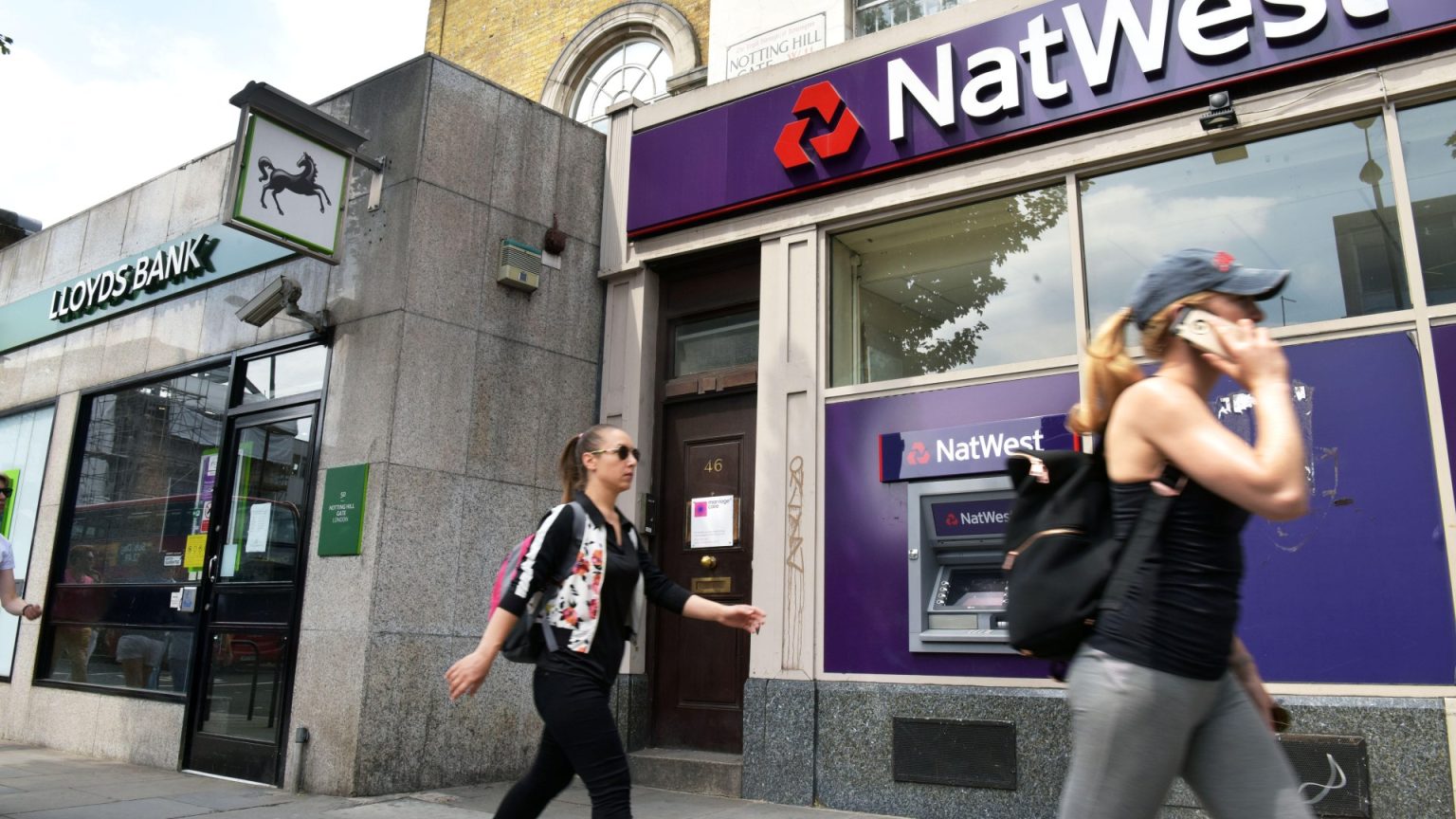The UK high street is facing another wave of closures as NatWest announces plans to shutter 53 more bank branches in 2025. This move comes as no surprise, mirroring a broader trend across the banking sector driven by the increasing popularity of online and mobile banking. NatWest has already closed a significant number of branches in recent years, with 48 closures in 2022 and nearly 20 in 2023. This latest round of closures underscores the seismic shift in customer behaviour, with over 80% of NatWest’s active current account holders now utilizing digital services and almost all new retail accounts being opened online. The bank, boasting over 19 million customers, emphasizes its continued investment in digital platforms to meet evolving customer expectations. Since 2015, NatWest Group, which includes Royal Bank of Scotland and Ulster Bank, has closed a staggering 1,409 branches.
NatWest’s decision reflects a wider industry trend. Banks and building societies across the UK have collectively closed over 6,000 branches since 2015, averaging around 53 closures per month. This wave of closures has significantly reshaped the financial landscape, impacting access to traditional banking services, especially for vulnerable populations. Major banking groups like Lloyds Banking Group (including Lloyds Bank, Halifax, and Bank of Scotland) and Barclays have also significantly reduced their branch networks, contributing to the shrinking presence of physical banks on the high street. This trend raises concerns about financial inclusion and access to essential banking services for those who rely on in-person banking or lack access to digital technologies.
The scheduled closures will affect NatWest branches across the UK, from Accrington to Worksop, spanning a timeframe from April to June 2025. The specific closure dates vary by location, with some branches closing as early as April 28th and others remaining open until late June. This staggered approach likely aims to manage the transition for customers and staff, allowing time for communication and alternative arrangements to be put in place. The bank has provided a comprehensive list of affected branches and their respective closing dates, enabling customers to plan accordingly and explore alternative banking options.
While acknowledging the shift towards digital banking, NatWest emphasizes its commitment to investing in its remaining branch network. The bank plans to invest over £20 million in 2025 to enhance customer service, modernize branch aesthetics, and improve environmental sustainability. This investment suggests a strategy of focusing resources on fewer, but more technologically advanced and customer-centric branches. The bank highlights its efforts to offer alternative banking solutions, including partnerships with the Post Office and the establishment of Banking Hubs, to ensure continued access to essential financial services.
The closure of bank branches raises important considerations for customers impacted by these changes. New regulations from the Financial Conduct Authority (FCA) mandate that banks and building societies ensure continued access to cash services for affected communities. This includes assessing the impact of branch closures on local access to cash and implementing measures to address any significant gaps. These measures may involve maintaining existing ATMs, establishing new ones, or partnering with Post Offices to offer basic banking services. Community members and groups can also request reviews of cash access provisions, holding financial institutions accountable for providing adequate alternative solutions.
Fortunately, several options exist for customers facing branch closures. The Post Office offers a range of basic banking services, such as deposits, withdrawals, and balance inquiries, although services like loan applications and new account openings are typically not available. Furthermore, the expansion of Banking Hubs provides a valuable resource, offering shared banking spaces staffed by representatives from different banks. These hubs enable customers to conduct more complex transactions and receive personalized financial advice. Additionally, some banks offer mobile banking services in community spaces like village halls or libraries, providing a convenient alternative for those unable to access traditional branches. Customers are encouraged to contact their bank directly to explore available services and their accessibility.











